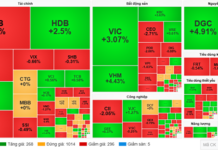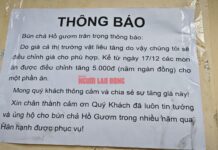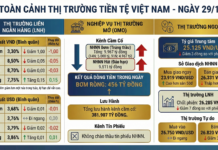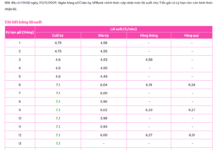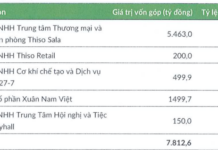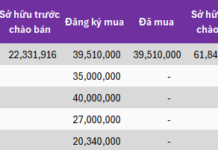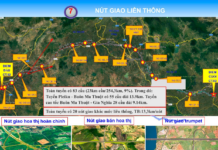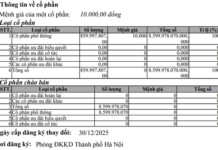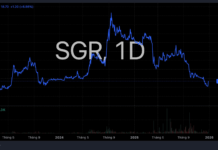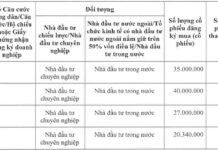Agents Resort to Deception
As a real estate investor, Mr. Pham Quang Khai (Chuong My, Hanoi) has been struggling for months to find buyers for several land plots in Chuong My district that he bought in 2021.
The investor is offering the plots for sale at VND 23 million/m2, a reduction of VND 4 million/m2 compared to his original purchase price. He hopes to sell them quickly this April, anticipating that rising bank interest rates will attract cash flow and lead to higher lending rates.
“In the past few days, I was encouraged to hear about transactions resuming for some inner-city land plots and residential areas. However, I don’t understand why the land market in my investment area has not shown any signs of improvement, even though I’ve advertised on social media, in groups, and enlisted the help of other agents,” said Khai.
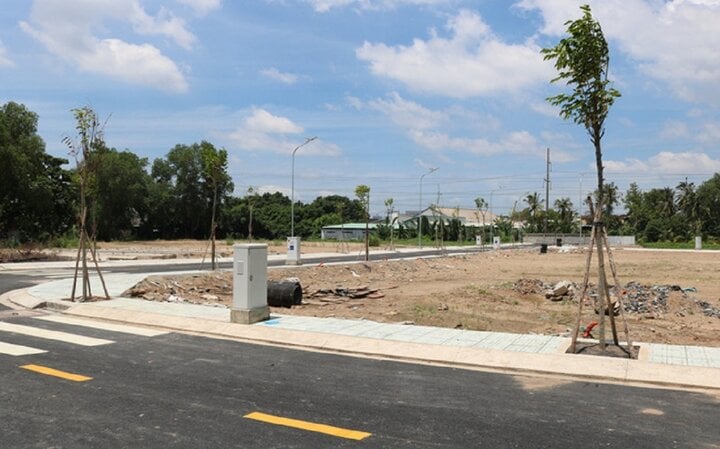
Land transactions are still limited, but brokers continue to use tricks to create artificial heat. (Illustrative photo).
Khai expressed his hope of selling at a good price in the second quarter due to concerns about potential interest rate hikes.
“If I can’t sell at VND 4 million/m2, I might consider further reducing the price to recover my capital and improve my bank liquidity. Otherwise, continuing to pay interest on the loan while the land remains unoccupied will put a significant financial strain on me,” said Khai.
Similarly, Mr. Nguyen Duc Hung, a real estate investor in Gia Lam and Long Bien, reported hearing about the recovery of the real estate market for over two months, with transactions increasing by approximately 40% compared to late 2023.
Real estate transactions are picking up, which is good news for investors like us. However, despite advertising five plots of land I own in Gia Lam and Long Bien for over two months, I’ve received numerous inquiries, but over 80% of them are from real estate agents. The actual number of potential buyers can be counted on one hand.
Creating an “Artificial Market”?
VTC News reporters investigated the land market in Thanh Tri, Hoai Duc, Chuong My, Gia Lam, and Thuong Tin districts (Hanoi) and were informed by several local agents that land prices have risen steadily since the beginning of the year. This is attributed to buyers and investors being unable to find suitable apartments at affordable prices.
Housing in inner-city areas, even in narrow alleys, has seen price increases of 20-30%, prompting many potential buyers to seek land in the outskirts for the purpose of settling down.
“This has led to a resurgence in the real estate market, with prices higher than at the end of 2023,” said Ngo Quang Quan, a land agent in Thanh Tri.
Quan then took the reporter to a rectangular plot of land measuring 50m2 in Tu Hiep commune, Thanh Tri, with a wide alley and vehicle access.
“The asking price for this land is VND 60 million/m2, giving the plot a total value of VND 3 billion. The seller will cover the 1% brokerage fee and personal income tax, while the buyer is responsible for the land transfer tax and property registration fees. If you act quickly, it could be yours. Otherwise, someone else will snap it up. The land market is currently favorable, and liquidity is high. Let me know if you’re interested,” said Quan.
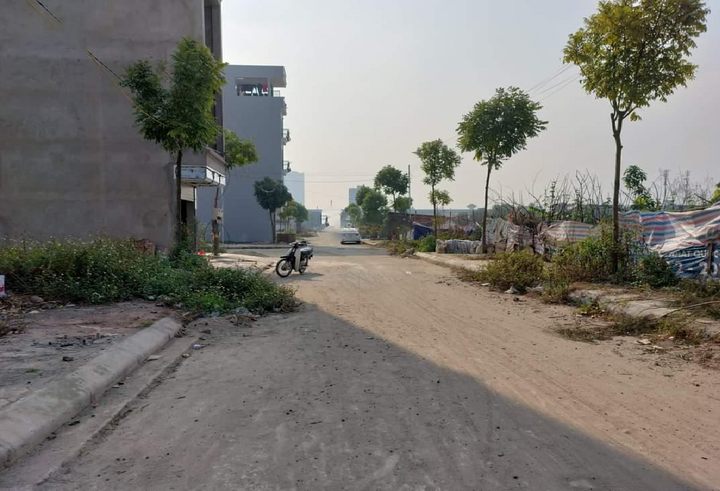
Several plots of land in the Tu Hiep area have been listed for sale for months, but no buyers have shown interest. (Illustrative photo).
However, the reporter’s investigation revealed that the number of real estate transactions in Thanh Tri district has been negligible since the beginning of the year. Successful transactions have primarily involved large land plots (several hundred m2 or more) for investment purposes, such as constructing warehouses or cold storage facilities for businesses. Individual transactions for residential purposes have been rare.
In fact, the 50m2 plot in Tu Hiep that Quan presented has been on the market for six months at a price of VND 52 million/m2, but no one has shown interest in purchasing it.
According to Mr. Nguyen Van Dinh, Vice Chairman of the Vietnam Real Estate Association (VNREA), there has been a recent increase in both prices and transaction volume for real estate in certain inner-city areas, including homes in narrow alleys, but the increase is marginal. In the outskirts, located more than 15km from the city center, transactions are very limited, and land prices have not increased; instead, they continue to decline.
“However, in several regions where there has been no new investment activity, a very active and ‘hot’ market has emerged, particularly in the context of ongoing economic difficulties. I must warn you that these are abnormal phenomena, artificial markets, and virtual markets,” Dinh emphasized.


